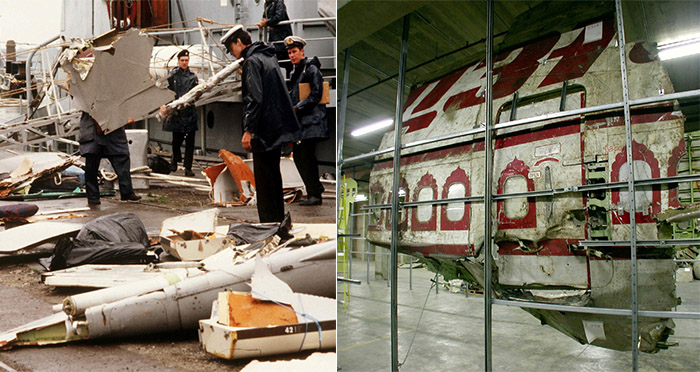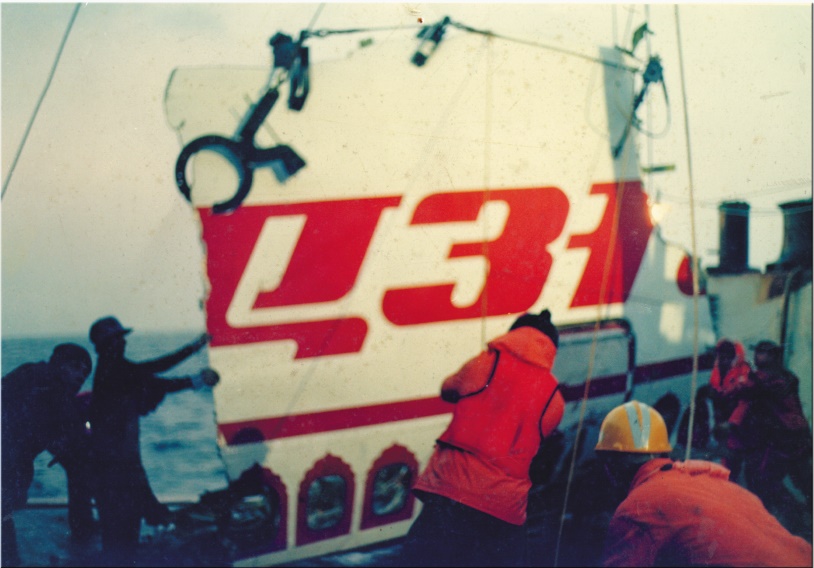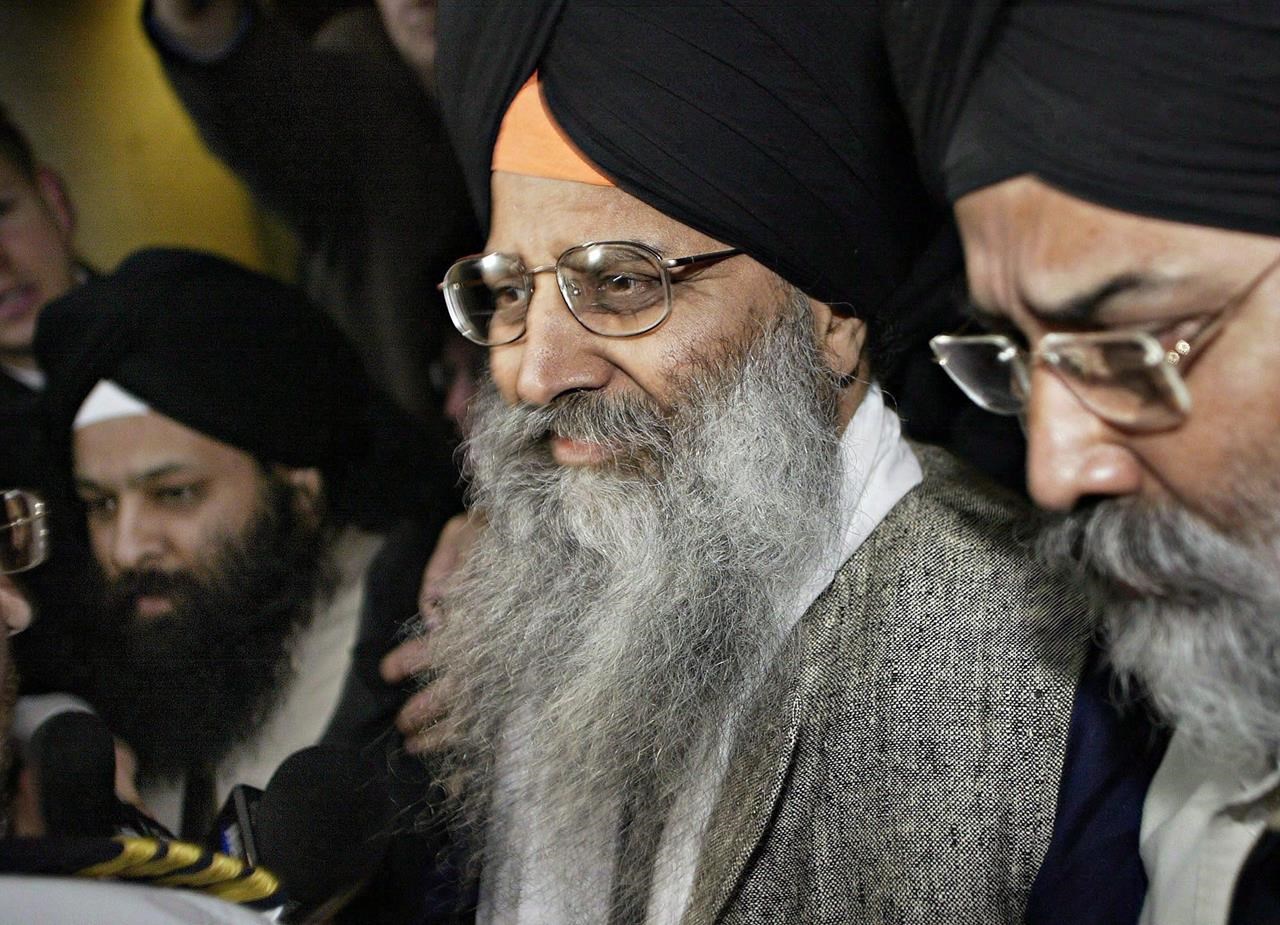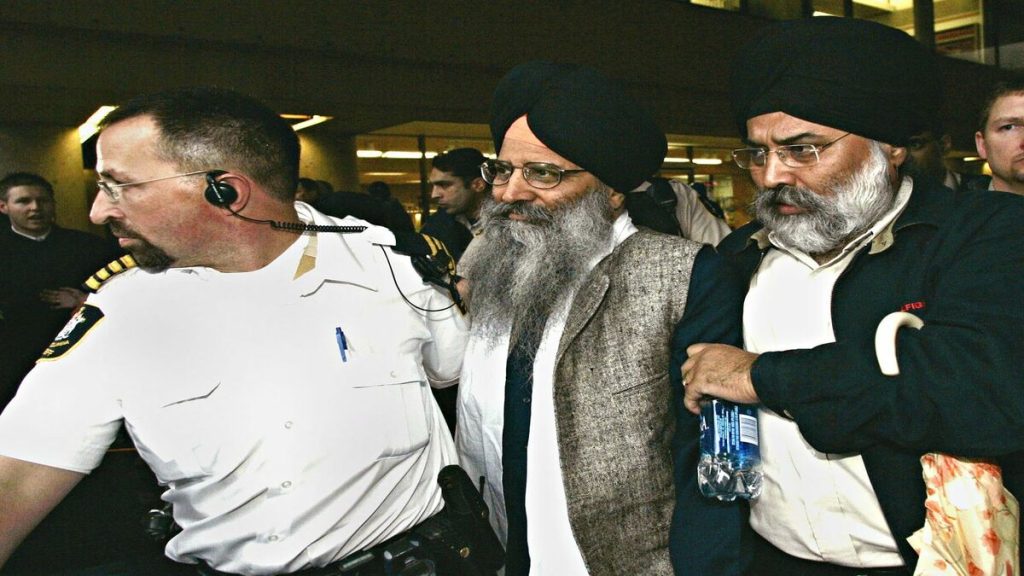Ripudaman Singh Malik, who was shot dead on Thursday (July 14) in Surrey, British Columbia, Canada, was cleared of all charges in 2005 by a Canadian court relating to the 1985 bombing of an Air India plane, which resulted in the deaths of 329 passengers and crew.
Along with Malik, two other individuals were accused; one of them was found guilty of perjury. Inderjit Singh Reyat, the subject, was freed from custody in 2016. Like Malik, the other man, Ajaib Singh Bagri, was found not guilty. The majority of the terrorist attack’s victims were Canadians.
What is the bombing case in Kanishka?
On June 23, 1985, an explosive device detonated on Air India Flight 182, which was en route from Montreal to London and with New Delhi as its final destination. The wide-bodied Boeing 747 jumbo aeroplane was given the name Emperor Kanishka. During a layover in Vancouver, a suitcase with the explosive inside was checked into cargo. All 329 aboard were killed when the aircraft, which was travelling at a height of 31,000 feet over the Atlantic Ocean in Irish airspace, exploded, killing 268 Canadian citizens—many of them of Indian origin—27 Britons, and 24 Indians.

At Tokyo’s Narita airport, a bomb went detonated inside the terminal building about an hour before Kanishka went down.
In the explosion, two Japanese luggage handlers perished. Investigations revealed a connection between the two bombings, and as a result, they were known collectively as the “Kanishka case”.

According to investigations conducted in Canada and India, Sikh separatists operating in Canada planned and carried out the explosions at the behest of militants active in Punjab. The militant organisation Babbar Khalsa, according to the investigators, carried out the attacks as payback for Operation Blue Star, in which the Indian Army entered the Golden Temple in the summer of 1984 to drive out militants under the leadership of Jarnail Singh Bhindranwale.
How did Ripudaman Singh Malik enter the picture?
Three primary suspects—Canadian citizens Ripudaman Singh Malik, Inderjit Singh Reyat, and Ajaib Singh Bagri—were the focus of the investigations. Malik had immigrated to Canada as a young man in 1972. He was 75 years old when he was assassinated on Thursday. He had been a cab driver at first but had gone on to become a prosperous businessman and a well-known figure in the Sikh community.

He served as president of the Satnam Education Society of British Columbia, which managed Khalsa schools, as well as the 16,000-member Khalsa Credit Union (KCU), which has over $110 million in assets and is situated in Vancouver.
Malik was purportedly connected to the Babbar Khalsa and acquainted with Talwinder Singh Parmar, the man accused of planning the Kanishka explosions and assassinated in 1992 by the Punjab Police. One of Malik’s schools employed two of Parmar’s cousins.
How did his prosecution develop?
In October 2000, Malik and Bagri were both detained in Vancouver. Reyat, the third defendant, a British Columbia-based auto mechanic and electrician, was detained in February 1988 after moving to Coventry in the United Kingdom with his family. Reyat was charged with obtaining the bomb-making materials and providing them to be hidden on both aircraft.
Reyat was found guilty of four explosives charges related to the Narita blast in May 1991 and given a 10-year sentence for the two counts of manslaughter (the two Japanese who died at Narita airport). On one count of manslaughter related to the Kanishka explosion, he also received a five-year sentence.
Reyat was called as a prosecution witness against Malik and Bagri as the Kanishka bombing trial got underway in April 2003 after he acknowledged his involvement in constructing the bombs used in the Narita explosion. Reyat had served 12 years in prison by that point. There are 329 first-degree murder counts against Malik and Bagri.
So, Malik and Bagri were found guilty?
No. They were exonerated. Reyat claimed he was unable to recall the bombing plot’s specifics or the names of individuals involved. Reyat received a nine-year sentence for perjury in 2010 after the court determined that he had lied. Judge Ian Josephson of the British Columbia Supreme Court filed perjury charges against him and referred to him as “an utter liar.”

Reyat’s fabricated testimony, according to many, is what caused Malik and Bagri to be exonerated. The only individual ever found guilty in relation to the bombings was Reyat. The kin of the victims continues to hold that justice would have been done if Reyat had provided accurate testimony during Malik and Bagri’s trial.

